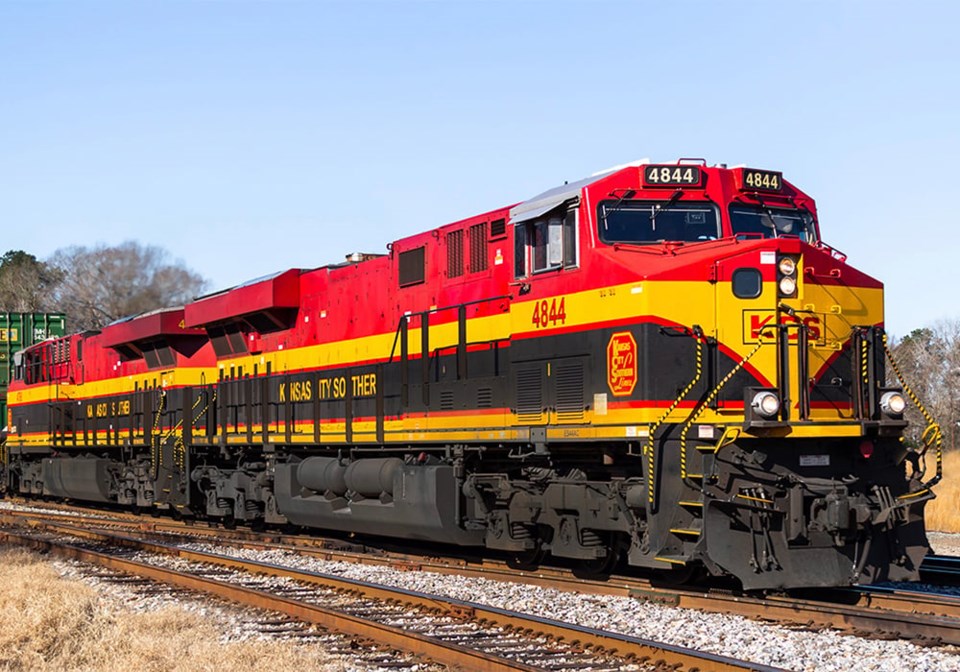WESTERN PRODUCER — The U.S. Surface Transportation Board has given the green light to a proposed merger of Canadian Pacific Railway and Kansas City Southern Railway.
The STB issued its regulatory decision March 15, subject to certain conditions including a seven-year STB oversight period to monitor the competitive impact of the merger.
With approval in place, the two railways – CP based in Calgary and KCS based in Kansas City, Missouri – will be combined to form Canadian Pacific Kansas City (CPKC), North America’s first single-line railway connecting Canada, the United States and Mexico.
The decision authorizes CP to exercise control of KCS operations as early as April 14.
CP is reviewing the full 212-page STB decision and said it will announce its plans with respect to the creation of CPKC in the near future.
“This decision clearly recognizes the many benefits of this historic combination,” said CP president and chief executive officer Keith Creel.
“As the STB found, it will stimulate new competition, create jobs, lead to new investment in our rail network, and drive economic growth.”
The merger will result in unparalleled benefits for employees, rail customers, communities and the North American economy in general, added Creel, noting the need for North American supply chain enhancements.
“A combined CPKC will connect North America through a unique rail network able to enhance competition, provide improved reliable rail service, take trucks off public roads and improve rail safety by expanding CP’s industry-leading safety practices,” he said.
CP completed its acquisition of KCS in December 2021 for US$31 billion.
Shares of KCS were placed into a voting trust designed to ensure that KCS continued to operate independently of CP during the regulatory review process.
Upon completion of the merger, CPKC will operate approximately 32,000 kilometres of rail, stretching across Canada and south into the United States through Minneapolis, Chicago, Kansas City, New Orleans and into Mexico.
The merger would add 12 port locations to CP’s existing network, including eight U.S. port facilities in the Gulf Coast states of Alabama, Mississippi, Louisiana and Texas, and four others in Mexico, including one Pacific Ocean port at Lazaro Cardenas, west of Mexico City.
Full integration of CP and KCS is expected to happen over the next three years. The combined entity is expected to employ approximately 20,000 people.
CP said the merger would remove approximately 64,000 truckloads of cargo annually from the North American highway system, enhancing safety and delivering environmental benefits.
In its decision, the STB said the transaction has the potential to “enhance safety for the nation as a whole.”
Diverting rail traffic to CPKC from other railways would mean larger car volumes on a railroad “with a better safety record,” it added.
“This important milestone is the catalyst for realizing the benefits of a North American railroad for all of our stakeholders,” said Patrick J. Ottensmeyer, KCS president and chief executive officer.
“The transaction will make possible improved single-line service for many shippers and will result in merger synergies that are likely to allow CPKC to be a vigorous competitor to other Class I (railways) by providing improved service at lower cost.”
Contact [email protected]

